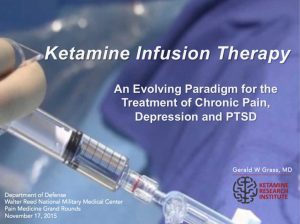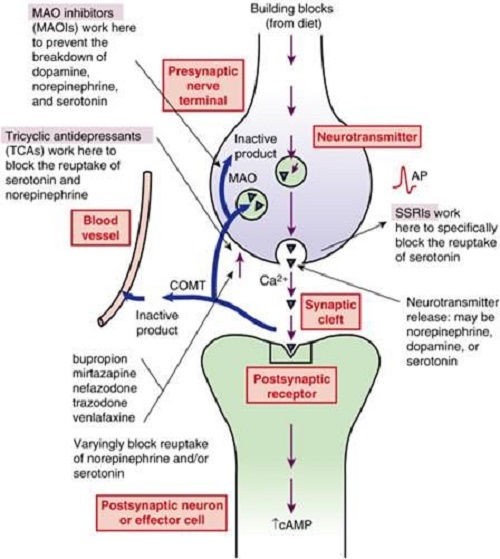There are many different kinds of intelligence, and it’s our job to discover what they are and how to integrate them into our lives. Sources of intelligence can be measured in quotients. Most of us are familiar with IQ, or the intelligence quotient, which is primarily associated with our ability to memorize, retrieve items from our memory, and our logical reasoning.
There’s also a new up and comer, CQ, or curiosity quotient, which refers to one’s ability to have a powerful motivation to learn a particular subject. What I spend much of my time in both research, and in working with clients and organizations on, is focusing on emotional intelligence.
The definition of emotional intelligence (as first advanced by researchers Peter Salavoy and John Mayer, but popularized by author Daniel Goleman in his seminal, eponymous book) is the ability to:
Recognize, understand and manage our own emotions.
Recognize, understand and influence the emotions of others.
In practical terms, this means being aware that emotions can drive our behavior and impact people (positively and negatively), and learning how to manage those emotions—both our own and others—especially when we are under pressure.
We are emotional creatures who often make decisions and respond to stimuli based on our emotions. As a result, our ability to grow in EQ has an enormous impact in all of our relationships, how we make decisions, and identify opportunities. EQ is enormously important. Through my work, I’ve identified 10 qualities that I believe comprise the emotionally intelligent person.
I hope you gain value from this and learn to understand the ways you can influence your mind, and the minds of others, by growing emotionally every day, in all that you do.
1. Empathy
“Empathy is the capacity to understand or feel what another person is experiencing from within their frame of reference, i.e., the capacity to place oneself in another’s position.”
There are two different types of empathy. This piece from the Greater Good Science Center at UC Berkeley beautifully depicts what they are:
“Affective empathy” refers to the sensations and feelings we get in response to others’ emotions; this can include mirroring what that person is feeling, or just feeling stressed when we detect another’s fear or anxiety. “Cognitive empathy,” sometimes called “perspective taking,” refers to our ability to identify and understand other peoples’ emotions.
We empathize based on the reaction to others. What I’d also say is that empathy can be cultivated and learned through experiences. Store away in your memory those feelings that you feel both in reaction, and as you put things in perspective. Write these thoughts out, analyze them and determine how you want to treat others in the same way you’d want to be treated.
2. Self-awareness

Self-awareness is the art of understanding yourself, recognizing what stimuli you’re facing and then preparing for how to manage yourself both in a proactive and reactive manner. Self-awareness is how we see ourselves, and also how we perceive others to see us. The second, external aspect, is always the most difficult to properly assess.
For yourself, ask the introspective questions, yearn for knowledge and be curious. And for others, seek feedback in an honest, caring environment.
3. Curiosity

“I have no special talents. I am only passionately curious.” — Albert Einstein
Show me a curious person who’s willing to learn and improve, and I’ll show you a success story waiting to happen. When you’re curious, you’re passionate, and when you’re passionate you are driven to want to be your best. Your “antennae” are up to things you love, to wanting to grow and learn more. This learning mindset positively affects other areas of your life—like relationships.
4. Analytical mind
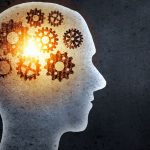
The most emotionally intelligent and resolute people are deep-thinkers that analyze and process all new information that comes their way. They continue to analyze old information, habits, and ways of doing things to see if they can extract ways to improve. We’re all “analysts” in the sense that we consciously think about all new information that comes our way.
Savvy EQ individuals are problem-solvers and everyday philosophers who contemplate the “why” of existence, the “why” of why we do what we do, and who care passionately about living a virtuous life. Having an analytical mind means having a healthy appetite for a continuously improving mindset geared at bettering yourself and always remaining open to new ideas.
5. Belief
A major component of maintaining emotional self-control is using the power of faith to believe in yourself both in the present and in the future. It’s believing that the people and things in your life are there for a reason and that everything will ultimately work out for good.
Faith alone will not help you. It takes action, of course. But when you combine faith with powerful values like hard work, perseverance and a positive attitude, you have formed the foundation of a champion. Every great leader and thinking uses faith, either in a practical context, emotionally and certainly spiritually.
Spend time in meditation. Think about the way you believe in yourself. Engender a greater faith in the person you are and who you want to become. And trust and believe that the pieces in your life will come together in a way that will help you live boldly and joyfully.
6. Needs and wants

The emotionally intelligent mind is able to discern between things that they need versus things that would be “nice to have” that classify more aptly as wants. A need, particularly in the context of Abraham Maslow’s “Hierarchy of Needs” is the basic level stuff like safety, survival, and sustenance. Once those things are met, then we can progress to other needs and of course, wants.
A “want” is a big house, nice car, and even the brand new iPhone. We do not need those things to survive, but rather we want them based on our own personal desires or what we perceive to matter to society. Become well-versed in knowing what you truly need to live, to accomplish goals and to support yourself and loved ones. Make sure you draw a very clear distinction between what it is you need, and what it is you want.
Emotionally intelligent people know the difference between these two things, and always establish needs prior to fulfilling wants.

7. Passionate

Inspired leadership and love for what you do are born from having a passion for a subject or people. People with a high EQ use their passion and purpose to ignite the engine that drives them to do what they do. This passion is infectious and contagious—it permeates all areas of their lives and rubs off on the people around them.
Passion is sort of that je ne sais quoi that when you feel it, or even when you see it in others, you simply know. Passion is a natural desire, instinct, drive, ambition and motivated love for a subject or someone. Passion brings the positive energy that helps sustain us and inspire us to want to keep going. And there’s no secret that emotionally intelligent people who are passionate are also willing to persevere and power forward no matter their circumstances.
8. Optimistic

If you want to increase your opportunities, improve your relationships and think clearly and constructively, you’re best positioned to maintain a positive attitude. Of all the things that we try to control and influence, our attitude is the primary thing that is always within our control. We can choose to live each day by being positive. It’s that simple.
“When we are happy—when our mindset and mood are positive—we are smarter, more motivated, and thus more successful. Happiness is the center, and success revolves around it.” — Shawn Achor
9. Adaptability

“Adaptability is not imitation. It means a power of resistance and assimilation.” – Mahatma Gandhi
Emotionally intelligent people recognize when to continue their course, and when it’s time for a change. This vitally import recognition and ability to make crisp, swift decisions in your best interest is called adaptability. You must determine when to stay the course, or when to keep moving forward in another direction.
Similarly, when one strategy is not working, try evaluating and determining if something else will work. From the way you treat yourself, to how you treat others, to your daily routine, always stay open-minded and be willing to adapt and introduce new elements to how you think and what you do.
Throughout your life, you’ll need to change course and make assessments on whether you’ll be happy and successful if you choose one path or another. Recognize that you can always change. You can always start over. It may not always be the most prudent or wise decision, but only you will truly know in your heart what is or what isn’t. Start with leaving the option on the table.
10. The desire to help others succeed and succeed for yourself


Last but not least, an emotionally intelligent person is interested in overall success and achievement—not just for themselves, but for their peers. Their inspired leadership and passion, combined with their optimism, drives them to want to do best for themselves and others.
Too often, we get so self-absorbed and concerned only with “What’s in it for me?” We have to be concerned about this. It’s a must, so don’t let anyone ever convince you otherwise. But in the same way that we should be focused on our self-interest, we should also maintain a spirit of desire and hope for wanting to see the people around us succeed.
Not only is this a brilliant safeguard against envy and greed, it also revitalizes our passion and drives us toward achieving our next goal. It helps us gain allies and builds powerful relationships that come back to help us in the reciprocal fashion.










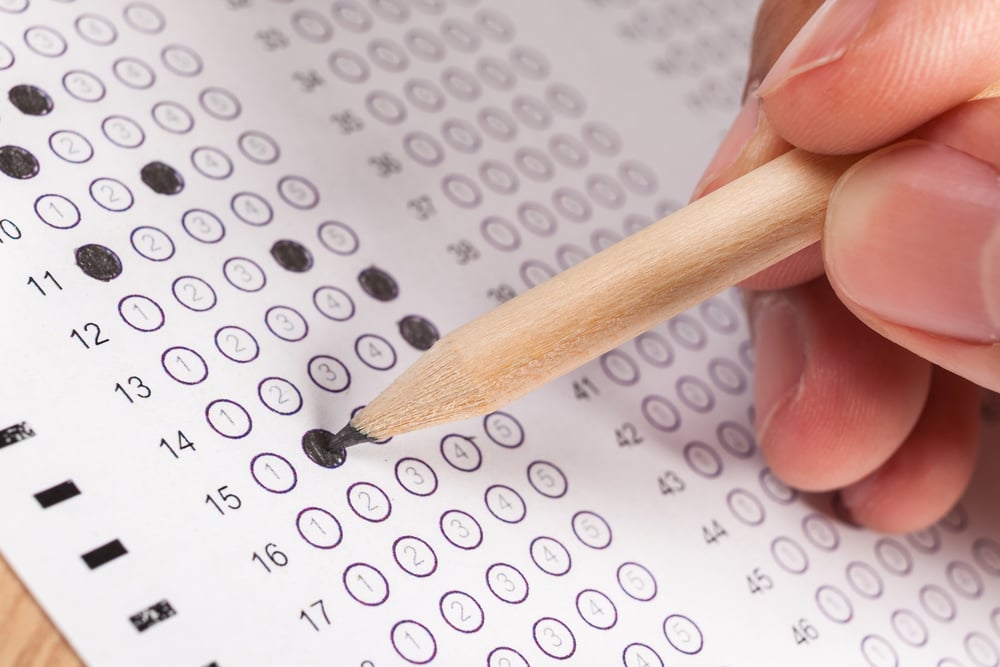


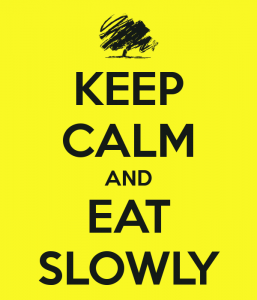


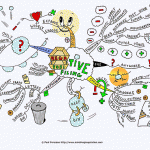
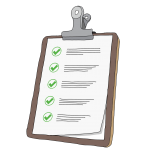

























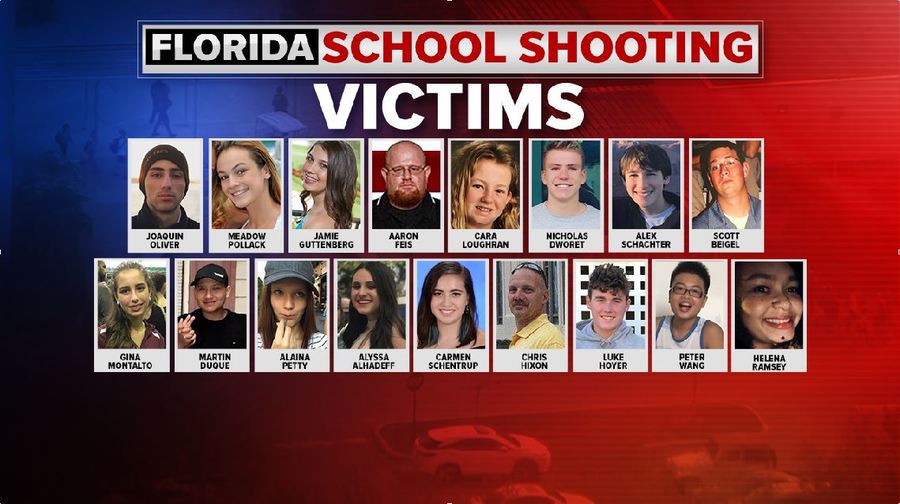






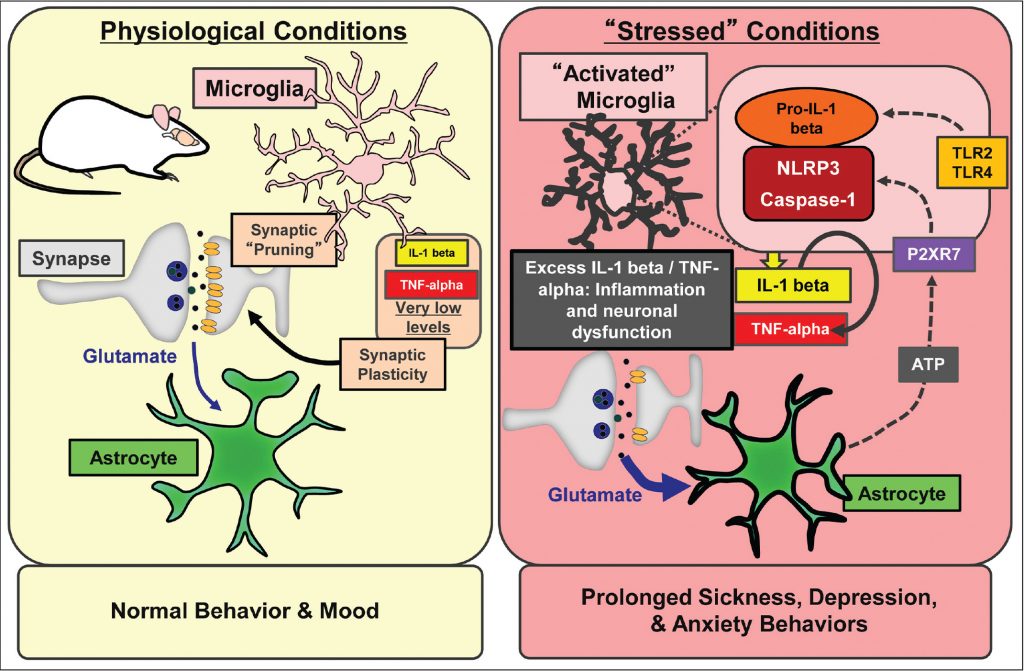
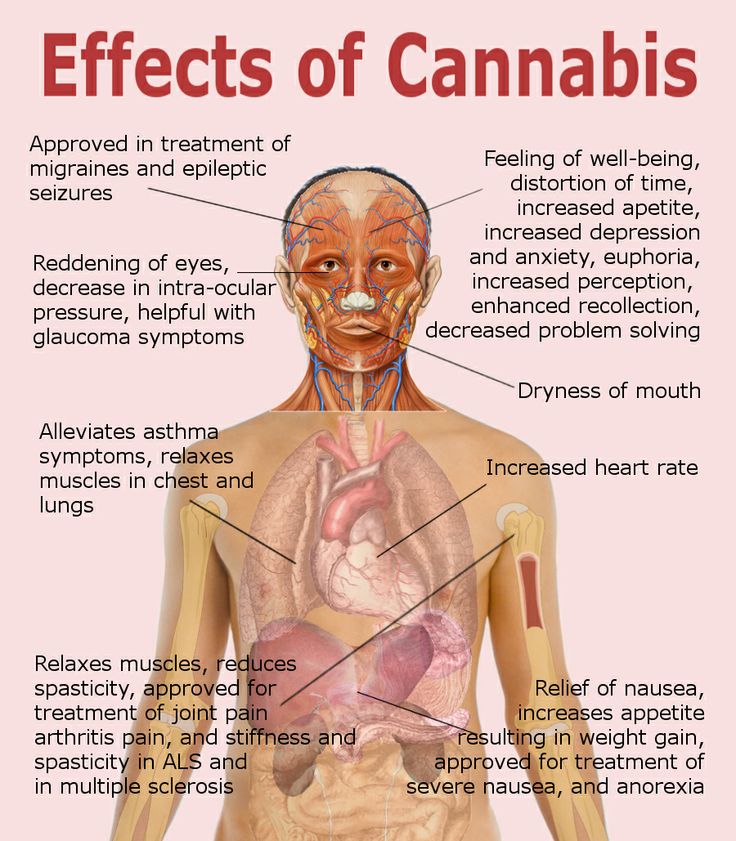










































 في القرآن
في القرآن



